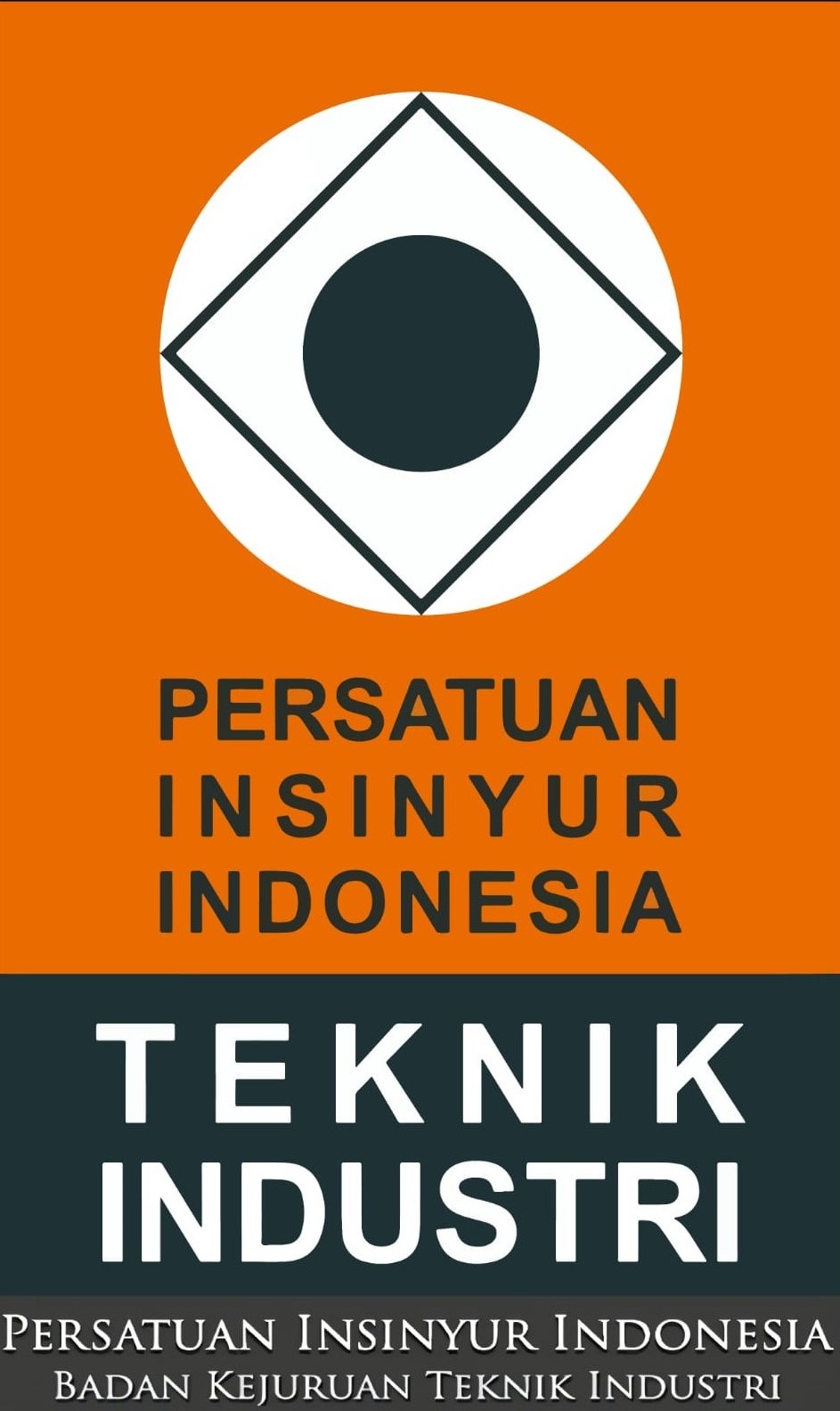Perbandingan Tingkat Stres Mahasiswa Empat Angkatan Program Studi Teknik Industri dengan Metode Skoring dari Health and Safety Executive
DOI:
https://doi.org/10.32734/jsti.v22i1.3297Keywords:
Student, HSE, Correlation Test, Stress LevelAbstract
Stress can be interpreted as psychological pressure that can cause both physical and mental illness. Stress on students can be anxious or tense that occurs in lectures, work assignments and other academic activities. Stress can influence students in completing their studies. This study aims to determine differences in stress levels between students in 2015, 2016, 2017 and 2018 Industrial Engineering Study Program, University of Buana Perjuangan Karawang in 2019. This research method is an observational analytic study with approach cross sectional. Data was obtained by distributing questionnaires to 90 student respondents who were divided proportionally per class by following the Slovin formula used was sampling technique simple random sampling. The. This study used the HSE questionnaire instrument, the data were analyzed statistically with the Independent T-test and Anova, as well as the correlation test with the method Point-biserial Correlation from Pearson and Spearmen's Rho. From the results of this study there are differences in stress levels between students in 2015, 2016, 2017 and 2018, where students in 2015 tend to be low stressed by 50.0%, while the classes of 2016, 2017 and 2018 tend to be moderate stress with a percentage of 55,6%; 65.4%; and 64.7%. Sex, age and work status of students do not affect stress levels, and do not have a significant relationship with stress levels.
Downloads
References
[2] Anfas, dkk., (2018), Pengukuran Tingkat Stres Mahasiswa Berdasarkan Gender, Aplikasi Importance Perfornace Analysis, Jurnal Pendidikan Terbuka dan Jarak Jauh, 19(1): 38-51.
[3] Augesti, G., dkk., (2015), Differences in Stres Level Between First Year and Last Year Medical Students in Medical Faculty of Lampung University, Medical Journal of Lampung University, 4(4): 50-56.
[4] Dewi, H., dkk., (2017), Psikologi Industri dalam Perspektif Sistem Industri, UB Pres, Malang.
[5] Hardjana, A.M., (1994), Stres Tanpa Distres: Seni Mengolah Stres, Kanisius, Yogyakarta.
[6] Legiran, dkk., (2015), Faktor Risiko Stres dan Perbedaannya pada Mahasiswa Berbagai Angkatan di Fakultas Kedokteran Universitas Muhammadiyah Palembang, Jurnal Kedokteran dan Kesehatan, 2(2): 197-202.
[7] Manuaba, A.S., (1998), Stres and Strain, Dalam: Bunga Rampai Ergonomi Vol I, Program Studi Ergonomin – Fisiologi Kerja Universitas Udayana Denpasar, Bali.
[8] Maulana, Z.F., dkk., (2014), Differences in Stres Level Between First-Year and Second-Year Meducal Student in Medical Faculty of Lampung University, Medical Journal of Lampung University, 3(4): 154-162.
[9] Oktovia, W,, dkk, (2012), Hubungan Kecerdasan Emosional dengan Tingkat Stres pada Mahasiswa Tahun Pertama Fakultas Kedokteran Universitas Riau, (https://repository,unri,ac,id/bitstream/handle/123456789/2229/REPOSITORI%20WIRA%20OKTOVIA%200908120342,pdf, diakses pada tanggal 24 Pebruari 2019),
[10] Olpin, M. dan Hesson, M., (2009), Stres management for life: a research-based experiental approach, Wadsworth Cengage Learning, 2nd edition, USA.
[11] Purwati, S. (2012), Tingkat Stres Akademik Pada Mahasiswa Reguler Angkatan 2010 Fakultas Ilmu Keperawatan Universitas Indonesia, Skripsi, Depok: Universitas Indonesia.
[12] Rasmun, (2004), Stres, Koping, dan Adaptasi: Teori dan Pohon Masalah Keperawatan, Sagung Seto, Jakarta.
[13] Rice, P.L., (1999), Stres and Health, Michingan University, Cole Publishing, California.
[14] Silalahi, N., (2010), Gambaran Stres pada Mahasiswa Tahun Pertama Fakultas Kedokteran Universitas Sumatera Utara, Skripsi, Fakultas Kedokteran, Medan.
[15] Suliswati, dkk., (2005), Konsep Dasar Keperawatan Kesehatan Jiwa, Penerbit Buku Kedokteran, EGC, Jakarta.
[16] Sugiono, dkk., (2018), Ergonomi untuk Pemula, Prinsip Dasar dan Aplikasinya, UB Pres, Malang.
[17] Sunyoto, D. (2009), Analisis Regresi dan Uji Hipotesis, Media Pressindo, Yogyakarta.
[18] Setiawan, B. (2015), Teknik Praktis Analisis Data Penelitian Sosial dan Bisnis dengan SPSS, Penerbit Andi, Yogyakarta. Stres.org., https://www.stres.org/why-do-women-suffer-more-from-depression-and-stres, diakses pada tanggal 06 September 2019.
[19] Tarwaka (2015), Ergonomi Industri, Dasar-dasar Pengetahuan Ergonomi dan Aplikasi di Tempat Kerja, Harapan Pres, Solo.
Downloads
Published
How to Cite
Issue
Section
License
Copyright (c) 2020 Jurnal Sistem Teknik Industri

This work is licensed under a Creative Commons Attribution-ShareAlike 4.0 International License.
The Authors submitting a manuscript do so on the understanding that if accepted for publication, the copyright of the article shall be assigned to TALENTA Publisher Universitas Sumatera Utara as the publisher of the journal.
Copyright encompasses the rights to reproduce and deliver the article in all forms and media. The reproduction of any part of this journal, its storage in databases, and its transmission by any form or medium will be allowed.



















